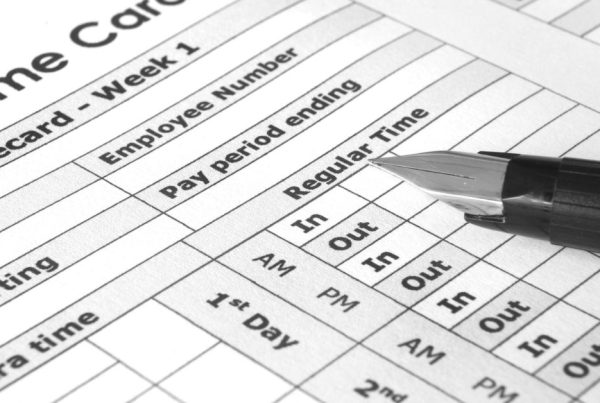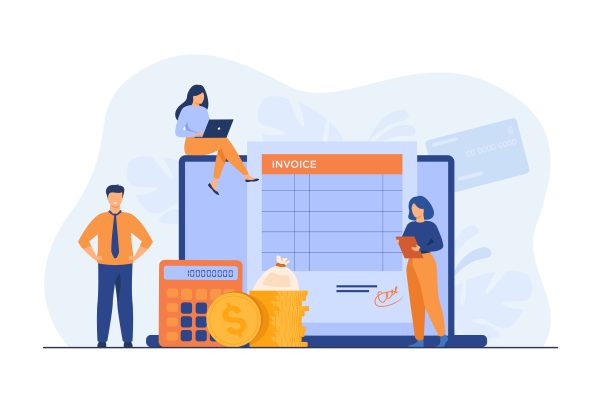
Data analytics plays a pivotal role in optimizing architectural project outcomes by enhancing decision-making processes, improving budget accuracy, and streamlining execution strategies. Leveraging advanced tools and methods, such as predictive analytics and real-time data visualization, architects can efficiently manage resources, mitigate risks, and achieve higher precision in project planning. Embracing data-driven strategies not only leads to better project performance but also fosters innovation and technical excellence within architectural firms.
Importance of Data Analytics in Architectural Projects
Background on Data Analytics in Architecture
Data analytics in architecture involves discovering patterns in data and using that knowledge to make informed decisions and predict future outcomes. This approach can be utilized to understand and forecast trends in the market, creating new products that are both profitable and sustainable (source). Historically, data architecture focused on developing specific models and rules for data collection, processing, and storage. The transition from a programming paradigm to a data architecture paradigm has significantly enhanced the efficiency of computers and data processing (source).
Benefits of Data-Driven Decision Making
Data-driven decision-making in architectural projects offers several key benefits, including enhanced accuracy in project planning, improved risk management and mitigation, and streamlined project execution and management.
Enhanced Accuracy in Project Planning
Utilizing data-driven decision-making allows for optimization in project planning and scheduling. By analyzing historical data and real-time information, potential delays or issues can be identified and plans adjusted accordingly. This not only helps in meeting project deadlines but also ensures efficient resource allocation, reducing unnecessary costs (source).
Improved Risk Management and Mitigation
Data analytics enable project managers to better analyze project issues and risks, allowing them to manage and minimize impacts on processes and results. Real-time monitoring and data analytics can identify potential bottlenecks, optimize workflows, and improve project timelines (source).
Streamlined Project Execution and Management
Data analytics can significantly enhance the efficiency of project execution and management. By leveraging data, construction projects can make more informed decisions, mitigate risks early on, and ensure accurate resource allocation, leading to cost savings (source).
In conclusion, data analytics plays a vital role in enhancing architectural projects by enabling data-driven decision-making, which improves project planning, risk management, and project execution.
Tools and Methods for Leveraging Data in Architecture
Data Collection and Management Tools
In architectural projects, a wide variety of data is relevant, including client requirements, environmental data, occupancy capacity, occupant interactions, energy performance, and carbon emissions. Effective data collection and management are crucial for leveraging these insights. Tools like Digital Blue Foam, an AI-powered software, can ingest multi-source data from both open and proprietary sources, enabling design teams to generate urban scenarios and compare the quality of different locations (source). Another valuable tool is Sefaira, which enhances building performance by providing insightful simulations during the conceptual design phase, covering aspects like daylighting, thermal comfort, energy use, and carbon emissions (source).
Analytical Methods and Techniques
Predictive analytics is a powerful method that employs statistical algorithms and machine learning to identify patterns in historical and current data, which can then be used to forecast future outcomes. This technique is particularly useful in analyzing past projects to predict potential delays and proactively address them. Such foresight can lead to more efficient and successful project management (source).
Real-time analytics, on the other hand, involves the immediate analysis of large data sets as they are generated. This facilitates prompt understanding and response to evolving situations, patterns, or trends, which is critical for making informed decisions in real-time (source).
Visualization and Reporting Tools
Data visualization is an integral part of architectural data analytics. Tools like Enscape can transform designs into 3D models instantly, allowing for a visual exploration of projects. This real-time rendering solution integrates directly into modeling software, making architectural visualization fast and simple (source). Visualization not only aids in better understanding and communication of design concepts but also enhances collaboration among stakeholders by providing a clear and immersive representation of the project.
In conclusion, the combination of sophisticated data collection tools, advanced analytical techniques, and powerful visualization tools can significantly enhance architectural project outcomes. By integrating these tools, architectural firms can optimize project planning, improve risk management, and streamline execution, ultimately leading to more innovative and successful projects.
Case Studies and Practical Applications
Successful Implementation of Data Analytics in Architectural Firms
Data analytics is revolutionizing the architecture industry, enabling firms to design more efficient, sustainable, and client-centric projects. A prime example is HMC Architects, who utilized data analytics to design the Shunde Hospital of Southern Medical University in China. By analyzing data related to the 2002-2003 SARS outbreak, HMC was able to design a hospital equipped to handle large-scale medical emergencies, ensuring readiness for sudden patient influxes (source). This data-driven approach not only optimized the hospital’s functionality but also enhanced its capacity to manage future health crises.
Challenges and Solutions in Data Analytics Adoption
While the benefits of data analytics in architecture are clear, adopting these technologies comes with challenges. Common obstacles include real-time data capture issues, a shortage of skilled personnel, data accessibility, budget constraints, and difficulties in integrating legacy systems with modern cloud platforms. To overcome these hurdles, firms must ensure data integrity, break down data silos, and implement real-time data delivery systems. Additionally, designing a flexible data architecture and embedding data governance and quality into processes can help future-proof businesses (source).
Role of Minute7 in Supporting Data Analytics
Minute7 plays a crucial role in supporting data analytics for architectural firms through its robust time tracking and expense reporting tools. Accurate time tracking provides a comprehensive view of resource allocation, project progress, and workload distribution. This data is invaluable for identifying bottlenecks, optimizing processes, and ensuring projects stay on schedule, thereby enhancing productivity and client satisfaction (source).
Expense tracking is equally critical, offering insights into project-related costs such as travel and materials. By recording and categorizing these expenses, firms can assess project profitability, set competitive pricing, and pinpoint areas for cost reduction (source). Minute7’s tools integrate seamlessly with QuickBooks, ensuring that all financial data is synchronized for efficient billing and reporting.
In conclusion, Minute7 provides architectural firms with the tools needed to capture and analyze precise data on time and expenses. This capability empowers firms to make informed, data-driven decisions that enhance project planning, budgeting, and execution, ultimately leading to better project outcomes.
How Minute7 Empowers Architectural Firms with Data Analytics
Minute7’s robust time tracking and expense reporting tools are invaluable assets for architectural firms striving to leverage data analytics to enhance project outcomes. Accurate time tracking enables firms to gain detailed insights into resource allocation, project progress, and team productivity. This data is critical for identifying inefficiencies, optimizing workflows, and ensuring that projects remain on schedule. By providing a comprehensive view of how time is spent on various tasks and projects, Minute7 helps firms to pinpoint areas for improvement and make informed decisions that boost overall efficiency and client satisfaction.
Expense tracking is another essential aspect where Minute7 excels. By meticulously recording and categorizing expenses, architectural firms can closely monitor project costs, including materials, travel, and subcontractor fees. This detailed financial data allows firms to assess project profitability, set competitive pricing, and identify opportunities for cost savings. The seamless integration with QuickBooks ensures that all financial data is synchronized, facilitating efficient billing, reporting, and payroll processes.
Minute7’s user-friendly mobile app further enhances its utility by allowing team members to log time and expenses from anywhere, ensuring that data collection is both accurate and convenient. This accessibility is particularly beneficial for remote teams and fieldwork, common in architectural projects.
In conclusion, Minute7 equips architectural firms with the precise tools needed to harness the power of data analytics. By ensuring accurate time and expense tracking, Minute7 supports firms in making data-driven decisions that optimize project planning, budgeting, and execution. This capability not only improves project outcomes but also fosters a culture of innovation and technical excellence within the firm. Leveraging Minute7’s solutions, architectural firms can confidently navigate the complexities of modern project management and achieve superior results.



